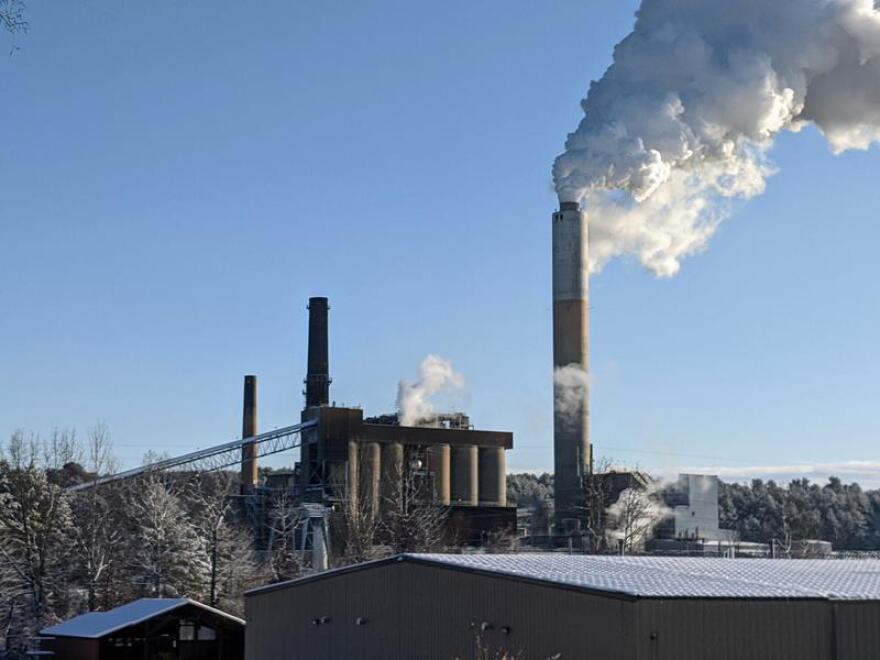AUSTIN (KXAN) — The four regional climate centers that lost federal funding late last week are "in the process of going live again," Texas' state climatologist told KXAN's Nick Bannin on Monday.Funding for the Southern Regional Climate Center (SRCC) at Texas A&M, along with three other centers nationwide, stopped operations on Thursday, April 17, after funding "lapsed."Funding ‘lapse’ cuts Southern Regional Climate Center at Texas A&MThe climate center's website was also unavailable.
A message on the homepage of the center's website read: “Base funding for the Southern Regional Climate Center and three other RCCs from the Dept. of Commerce through NOAA (National Oceanic and Atmospheric Administration) lapsed on April 17, 2025. Unfortunately, all data and services offered under the base contract, including this website, will be unavailable unless and until funding is resumed.

”Southern Regional Climate Center home page on Thursday, April 17, 2025.The SRCC is one of six regional climate centers around the United States. The SRCC monitors weather and climate data for six states: Arkansas, Tennessee, Texas, Louisiana, Mississippi and Oklahoma.
"The four RCCs that had shut down have just received notices to proceed from NOAA and are in the process of going live again," SRCC head John Nielsen-Gammon said.By late Monday afternoon, the SRCC website had been restored.Southern Regional Climate Center website on Monday afternoonWhat is a regional climate center?The six regional climate centers across the country are managed by NOAA's National Centers for Environmental Information (NCEI).
The purpose of an RCC, according to the NCEI, is to "provide efficient, user-driven services that cover three important categories: Provision and development of sector-specific and value-added data products and servicesEstablishment of robust, efficient digital infrastructure for providing climate informationSeamless integration and storage of non-NOAA climate data with traditional NOAA data sources"How do broadcast meteorologists use regional climate centers?While individual National Weather Service forecast offices keep track of weather data within their county warning area (CWA), they don't help distribute weather data outside of it for a statewide or regional basis. That's where regional climate centers are involved.We'll often look back at precipitation and temperature departure-from-normal maps provided by our local RCC for context in how our local weather differs or aligns with a statewide view.
.
Environment

Climate center for Texas is back online after funding 'lapse'

The four regional climate centers that lost federal funding late last week are "in the process of going live again," Texas' state climatologist told KXAN's Nick Bannin on Monday.















